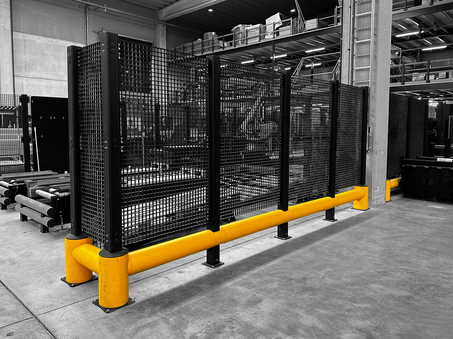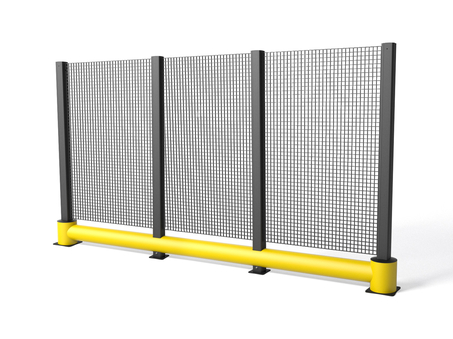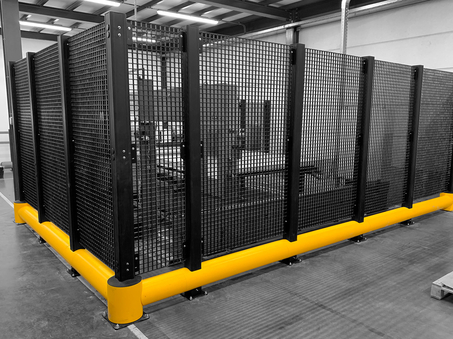

FLEX IMPACT® safety barriers provide protection against collisions with forklifts and other vehicles. They are essential in high-traffic environments or locations in which heavy loads are moved or transported, such as warehouses, production halls and airports.
Tests show that this type of safety barrier can withstand impacts up to 50.10 kJ. What is unique about our safety barriers is that even in the event of a collision, the anchor points stay secured to the floor and the flexible elements regain their original shape. The modular design of the safety barriers enables your company to install our safety systems one zone at a time or to expand your safety systems at a later date.




Effective safety barriers prevent serious and even fatal accidents. It is therefore very important that you make an informed choice based on the right criteria.
Boplan offers a wide range of safety barrier systems for a variety of vehicles. They are perfect for high-risk zones with mixed pedestrian and forklift traffic. They also provide ground-level protection and safeguard pedestrians from poorly stacked or falling products. In addition to our safety barrier range, we also offer bollards and safety gates, column and corner protection, rack protection, kick rails and wheel stops, loading dock protection and protective bumpers.
Safety barriers are a safety solution that primarily serves to protect infrastructure, buildings, and pedestrians against damage and collisions caused by vehicles. We also use them to keep designated routes clear by separating pedestrian traffic and vehicles. Boplan offers different types of safety barriers that you can combine with other safety products. You can add a handrail system, for example.
Boplan safety barriers have the following benefits:
Polymer safety barriers are slightly more expensive to purchase than steel safety barriers but are cheaper in the long run. This is because the material and manufacturing costs of polymer are higher than those of steel. However, thanks to the sustainability, long lifetime, and low maintenance costs of polymer safety barriers, their total cost of ownership (TCO) is much lower than that of steel.